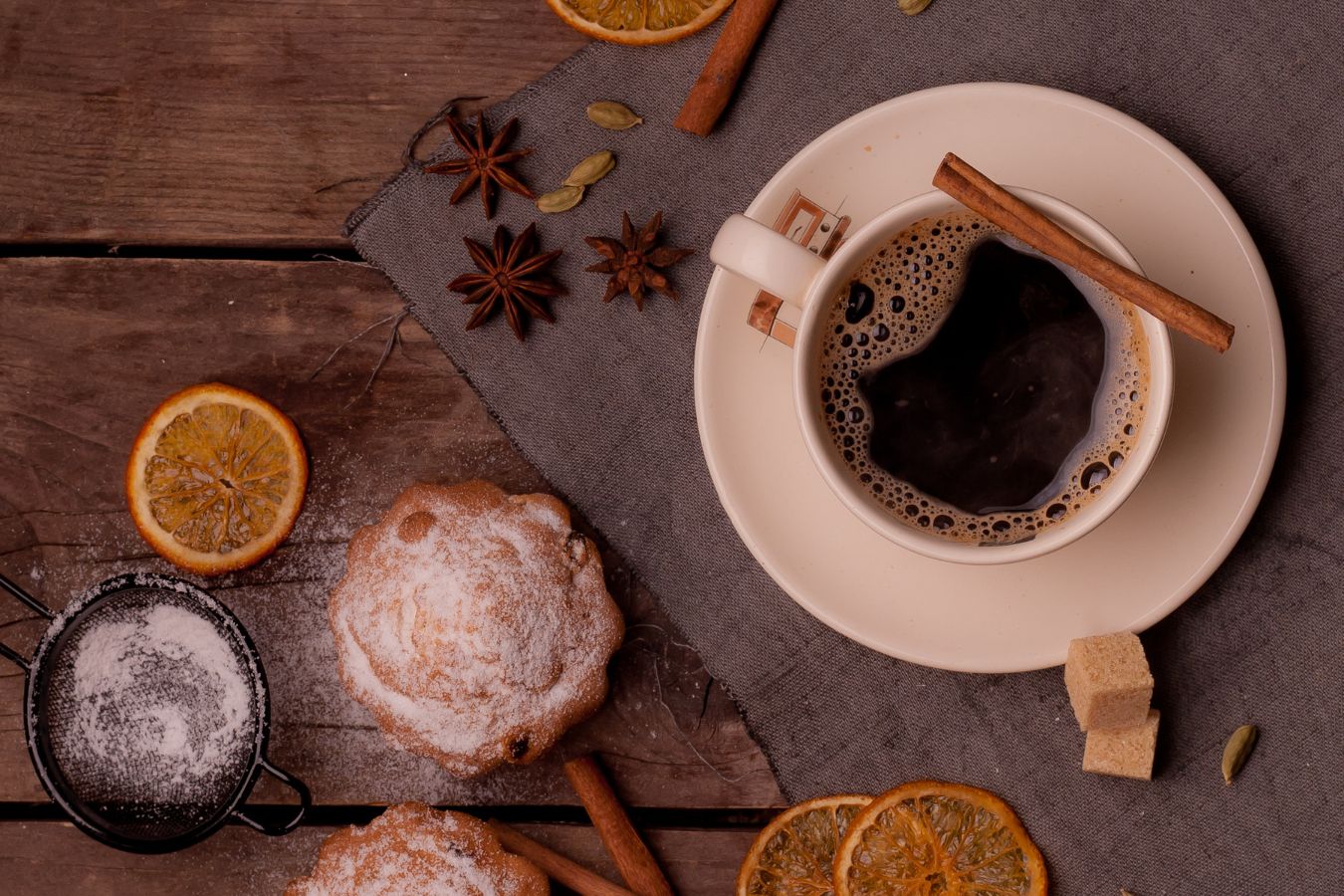
Cafe De Olla, Mexico
Cafe de olla – often known as “Mexican Coffee” – is a classic Mexican beverage from long ago. It is made with three spices: cloves, anise, and cinnamon, as well as a traditional sugar called piloncillo.
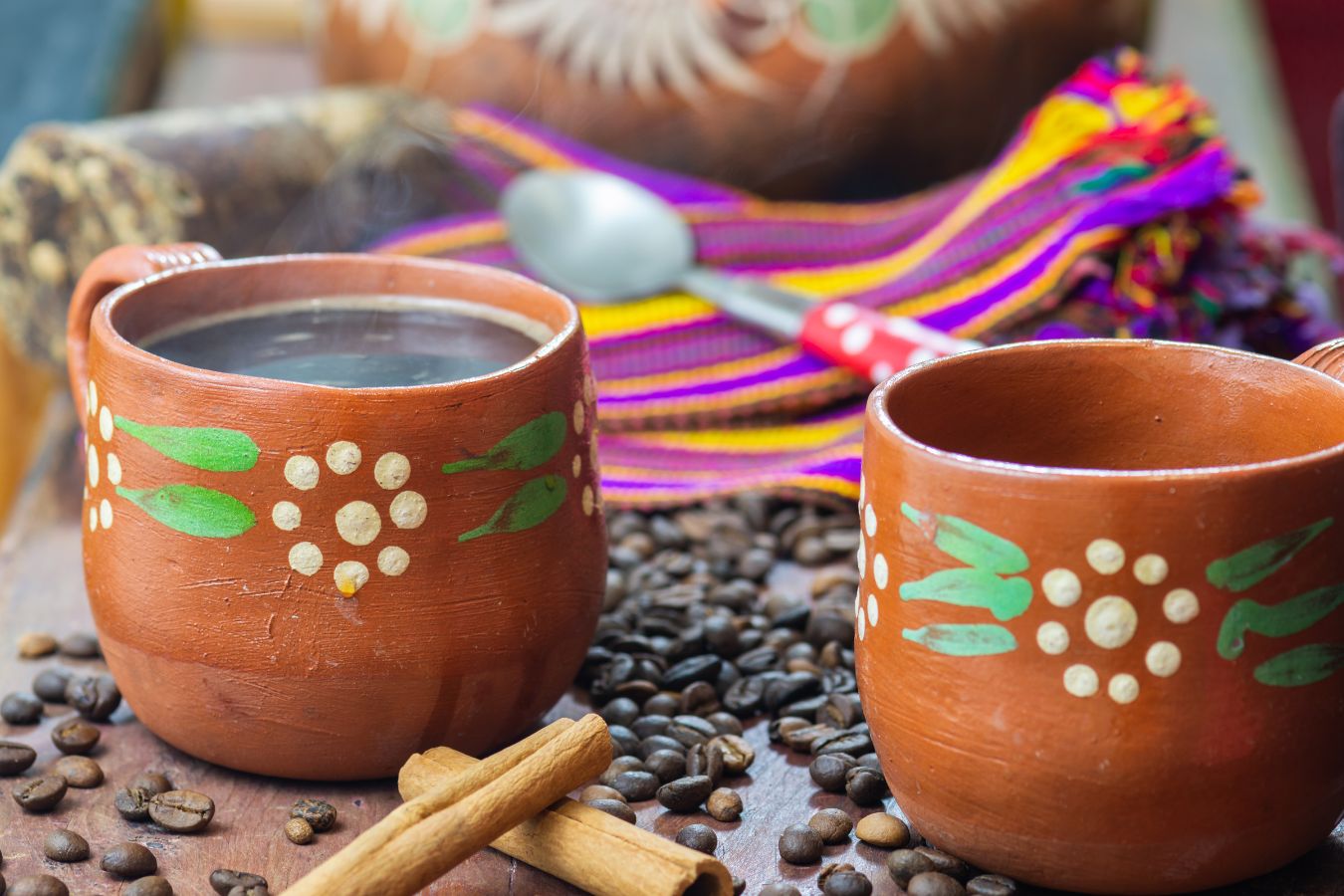
Cafe de olla is traditionally made in an earthenware pot known as an “olla” and served in similar terracotta cups.
Flat White Australia
You can credit Australia for adding Flat White to the Starbucks menu, which has inspired other outlets to vary their offerings.
Flat White is comparable to Cafe Latte and Cappuccino, except it, has a little more robust flavor.
A Flat White is made with espresso as the main base, hot whipped pasteurized milk on top, and a friendly, gentle foam on top.
Frappe
This famous coffee in Greece may sound similar to a Frappuccino at first glance, but it is not.
They were initially a delightful summer drink of instant coffee, water, sugar, and milk. And they’re forcefully shaken to create a gorgeous froth layer before being poured evenly over ice.
Turk Kahvesi, Turkey
Turkish coffee is a sweet coffee that is popular among the natives. In this case, the barista takes ground coffee very finely, adds sugar, and heats it in cezves overheated sand until the coffee boils, then pours it directly into the cup without needing a cup.
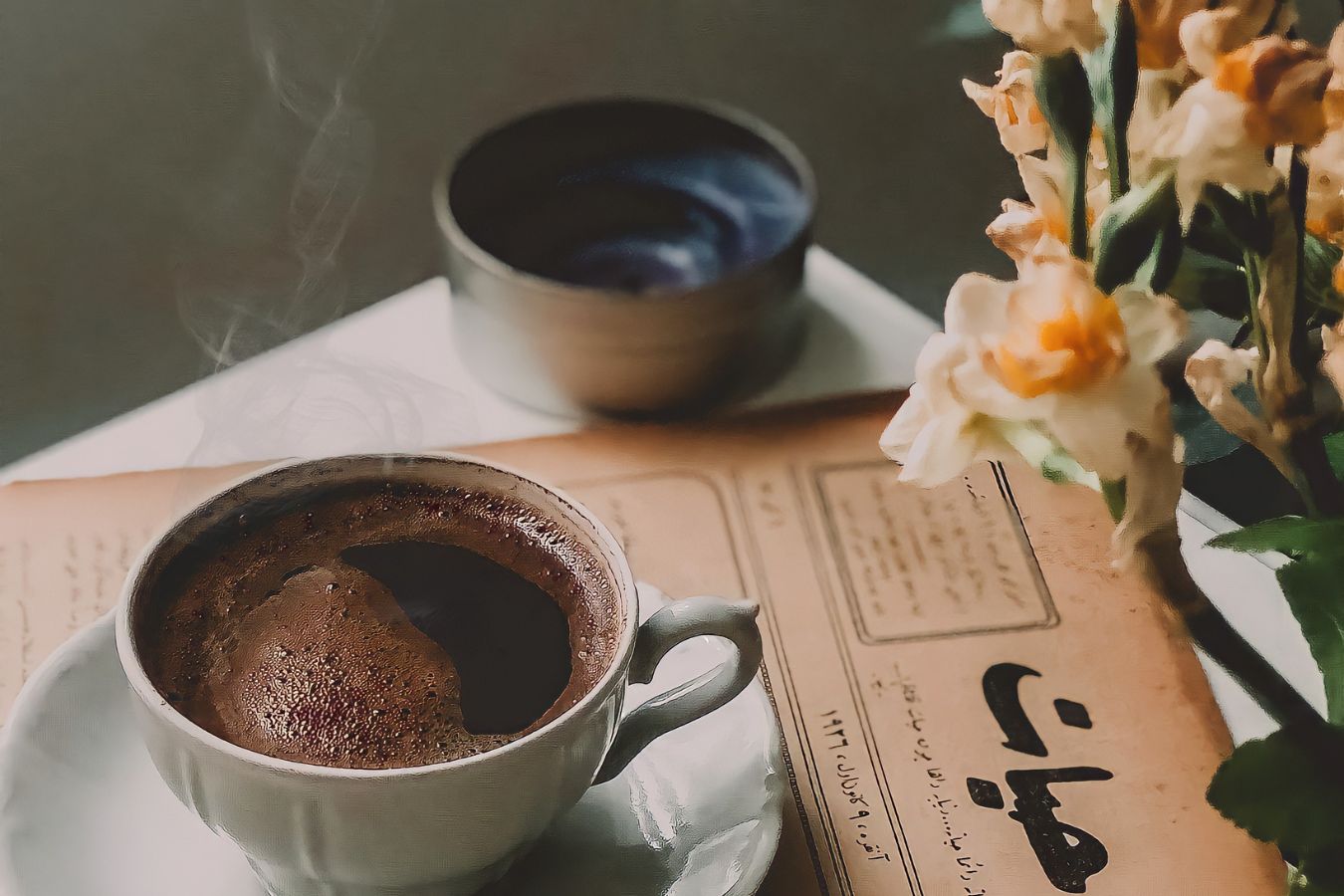
Apply a filter. The distinctive aspect of this enjoyment method is that diners will experience coffee’s sweet, aromatic, and fatty taste and the typical ripple feeling of the microscopic coffee powder in the drink.
Uyen Uong Coffee, Hongkong
In Hong Kong, coffee is consumed in a manner that is very different from what you are accustomed to; this is a combination of coffee and milk tea, usually black tea, resulting in a cup of tea – coffee with sweetness and fat dominating on the background of the aroma of coffee.
Pharisser, Germany
Diners who enjoy sweet coffee as a dessert will enjoy pharisäer more than a morning wake-up drink. They’re created with rum and whipped cream, then topped with sugar and another layer of whipped cream. Dark roast beans and around 2 ounces of rum are commonly used in this recipe.
Some Southeast Asian countries – Kopi Luwak
KOPI LUWAK, one of the most expensive coffees in the world, is fermented in the stomachs of Asian civets.
Civets frequently consume mature cherries on coffee estates in Indonesia but can’t digest the beans. Thus the beans go through a “special” fermenting stage before being accepted by the farmer. People harvest them and convert them into the coffee beans you know.
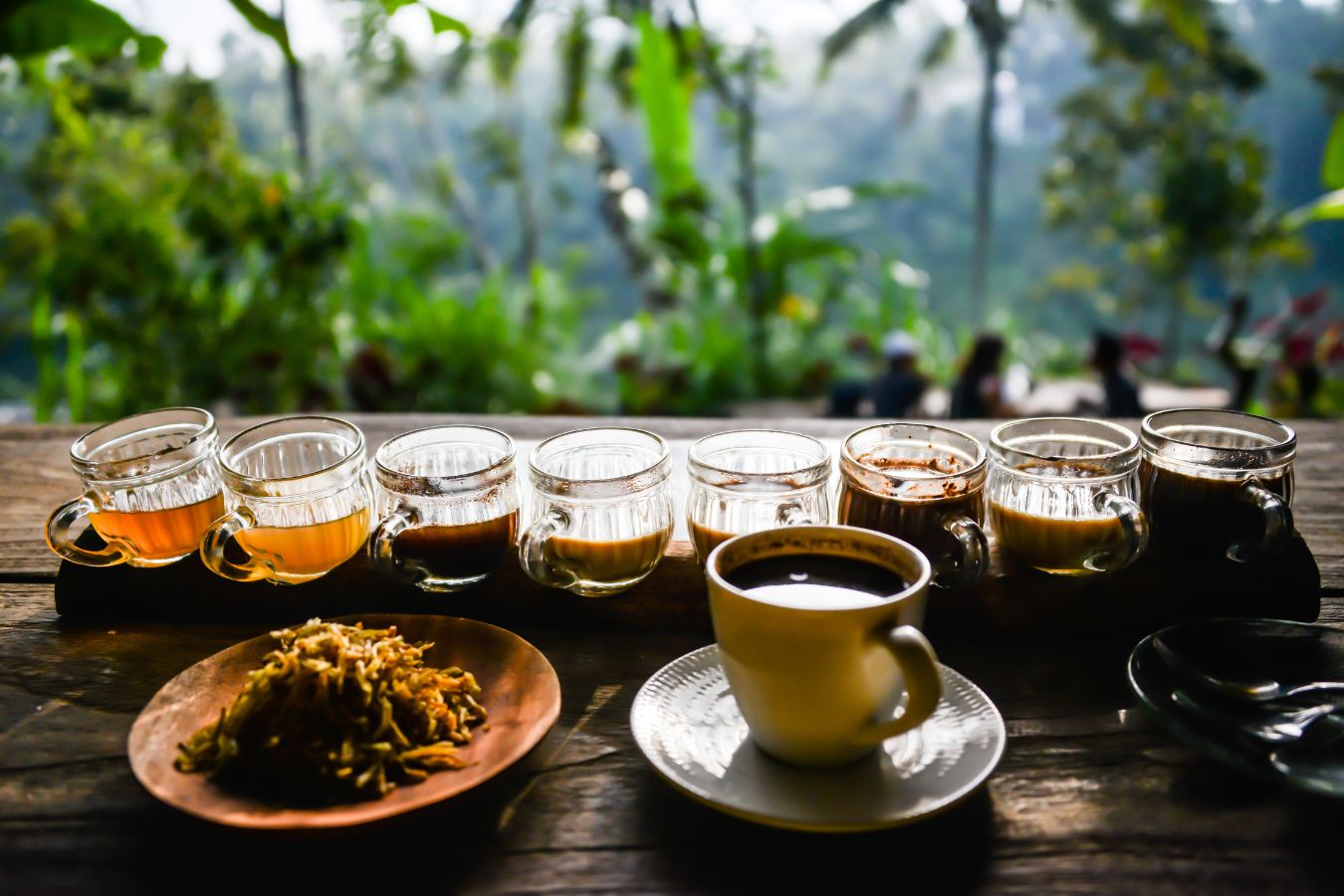
To obtain the most flavor from the seeds, KOPI LUWAK is frequently prepared by hand. This product was once quite popular, but due to the pressures of the modern coffee industry, KOPI LUWAK was denounced for animal cruelty since manufacturers forced captive civets to eat coffee, making them not as “natural” as before.
Cafezinh, Brazil
People in Brazil do not consume coffee like it is “take away.” Cafezinho is also understood as “a small cup of coffee,” It represents hospitality and the feeling of sitting down to enjoy a cup of coffee more. Cafezinho is also very powerful and is typically served with sugar.
Iced Black Coffee, Iced Milk, And Egg Coffee In Vietnam
Even though coffee has only been introduced to Vietnam for over a century, it has quickly merged into the unique cuisine of the S-shaped country. As a result, there are numerous unique methods to drink coffee in Vietnam. Different regions, in this case, clearly distinguish most. Iced black coffee, iced milk, and egg coffee are all available.
The difference in the amount of sugar and milk in iced black coffee and iced milk will make the drink fascinating, but international tourists assure egg coffee to be very good because of the coffee backdrop. The pungent aroma and soft heated egg layer on the surface enhance the drink’s flavor.
Espresso – Italia
You’ve probably heard a lot about espresso, the country’s characteristic boot-shaped coffee out of all the coffees in the globe. Espresso is a quick and forceful coffee extraction technology that produces a tiny espresso with a silky crema topping in as little as 28 seconds at 9 bars of pressure. Espresso is typically provided quickly upon ordering, with sugar, milk, or sometimes just coffee.
Ireland – Coffee Irish
Irish coffee was invented in 1943 in Ireland and has remained popular ever since. Irish coffee is a hot coffee, whiskey, brown sugar, and milk foam concoction. As a result, Irish coffee tastes more like a dessert than a morning coffee.
Cafe Cubano In Cuba
Coffee in Cuba is one of the sweetest drinks in the world, consisting of “strong” coffee or espresso mixed with whipped sugar. A layer of porous sugar is put over the drink’s surface to create the trademark highlight of a cup of Cafe Cuban.
Spain – Coffee Barraquito
Barraquito coffee truly characterizes Spain’s Canary Islands and is more akin to a cocktail.
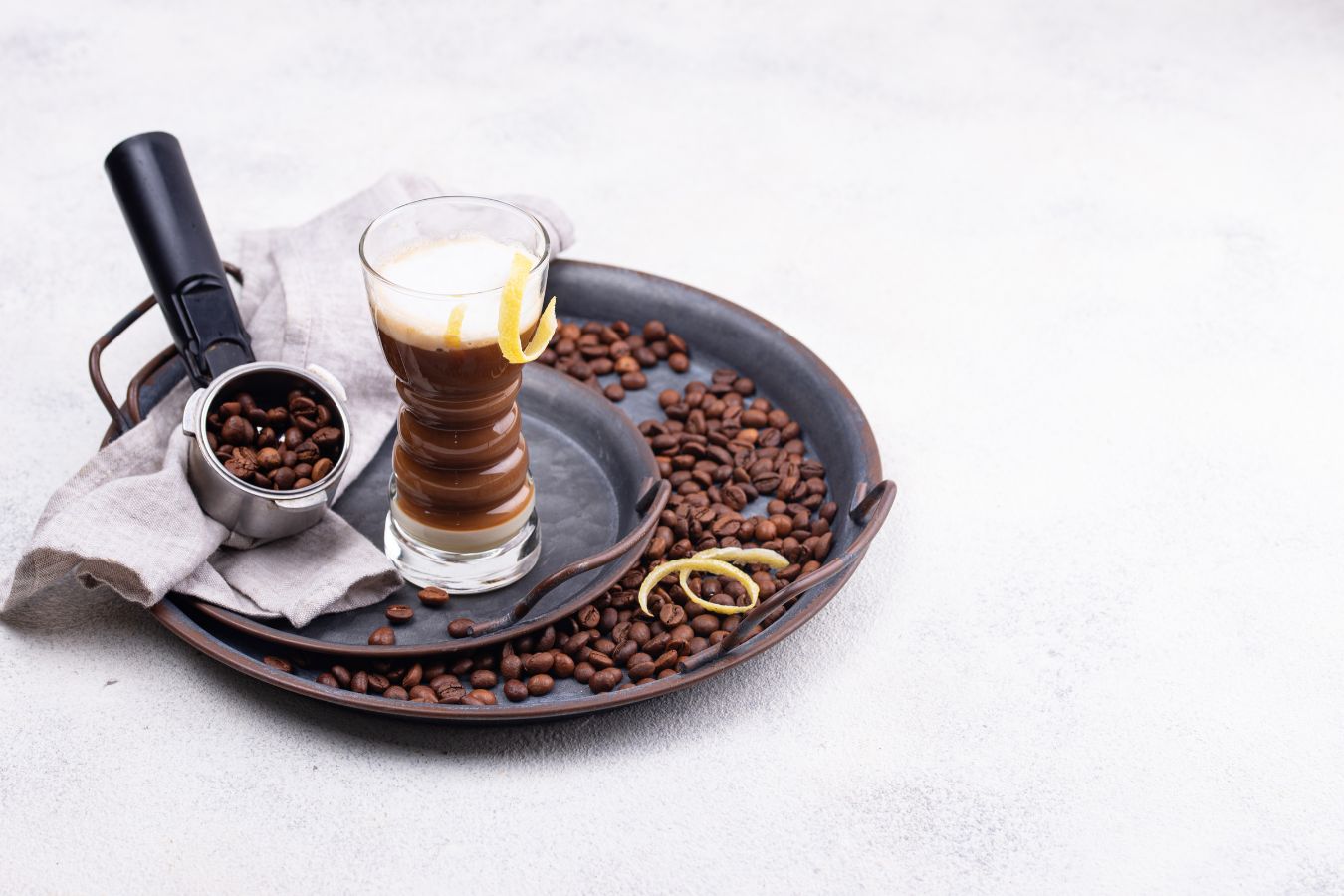
Traditional drinks will include a layer of condensed milk on top, followed by a layer of Licor 43 (a liqueur produced from oranges, tangerines, vanilla, herbs, and spices), espresso, and a layer of milk foam on top. as well as lemon zest and cinnamon Don’t forget to place the layers in the sequence of preparation if you want to enjoy the authentic Spanish flavor!
Kaffeost Financial
If you thought coffee with eggs is unusual, wait until you hear what else is strange about coffee in Finland: cheese; Kaffeost means “cheese coffee.” People here utilize a dry cheese called juustoleipa, dipped into a hot cup of coffee like a sponge. They are typically placed in the bottom of a wooden cup before being poured with coffee.
Cafe Au Lait In France
The way of drinking coffee in France is pretty straightforward; baristas typically serve coffee with milk, but not Cafe latte or cold milk; coffee here is filled with hot whipped milk but does not produce milk foam on the surface.
Buna – Ethiopia
Ethiopia is known as the “Cradle of World Coffee,” hence coffee is consumed according to a set of guidelines. First, the coffee will be roasted and brewed in the region’s clay pot called a jebena. The coffee is then served in a three-hour ceremony that might recur many times daily.
Mazagran, Portugal
The barista will mix cold coffee and fresh lemon juice to make this drink, which is effectively a blend of coffee and lemonade. If we dig a little deeper, this way of having fun most likely began in Algeria, but it is currently trendy in Portugal.
Cafe Touba Senegal
Cafe Touba is a typical Senegalese coffee comparable to a filter brew but comes in various flavors, including spicy with Guinea pepper (jar) or sometimes cloves. It also has a sweet taste, but the predominant flavor is spicy.
Marcos – Coffee with spices
The reason for the name “Spiced Coffee” is that they frequently put a lot of spices into a cup of coffee; for example, based on coffee prepared with a French press, the barista will add cinnamon, ginger, cardamom, cloves, black pepper, and nutmeg.
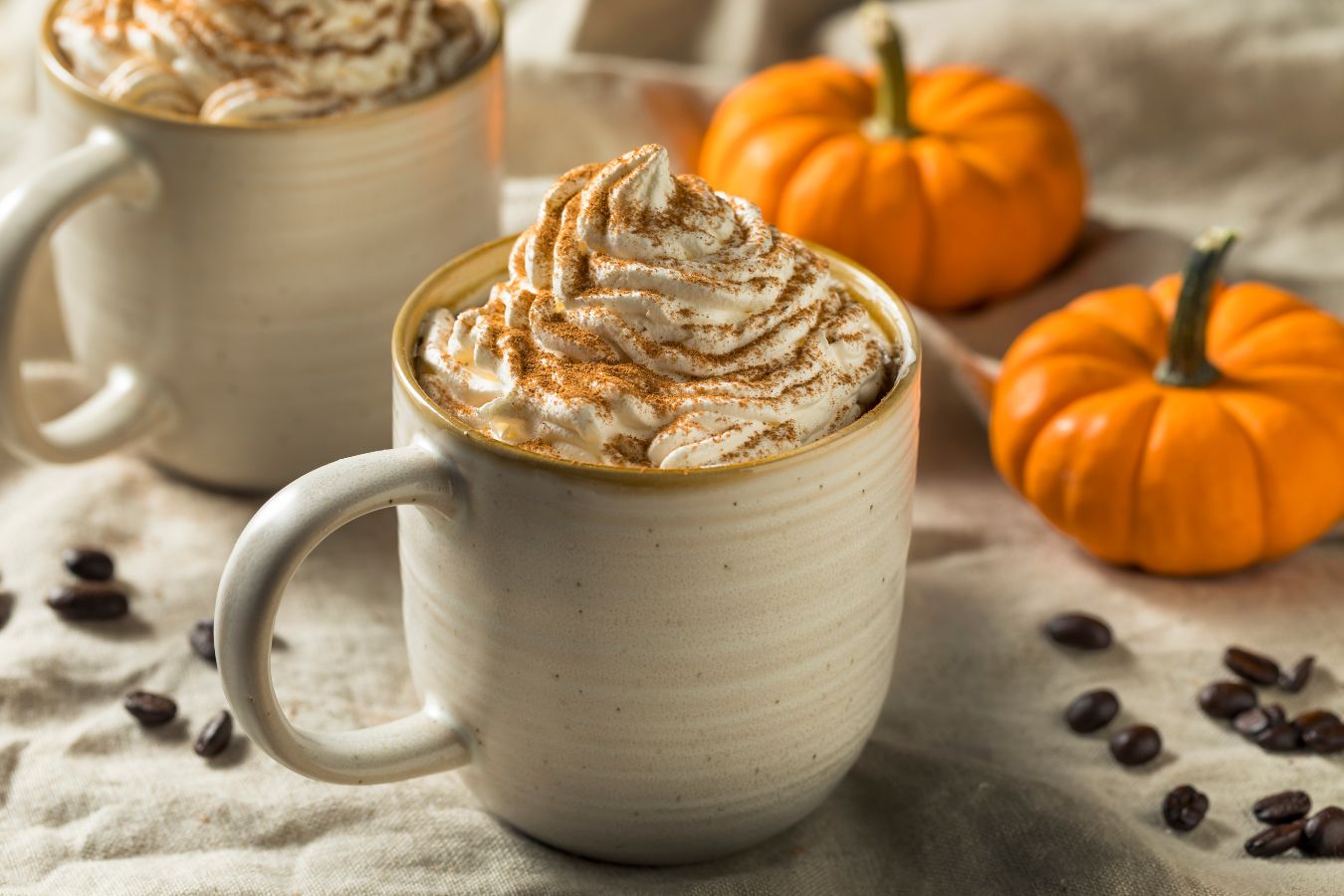
Interestingly, coffee is generally made at home rather than in a restaurant in Morocco.